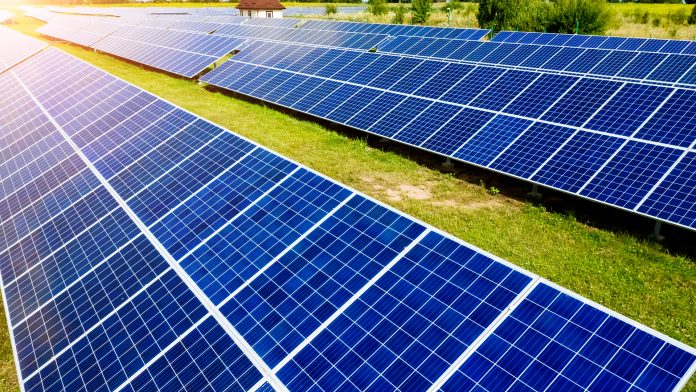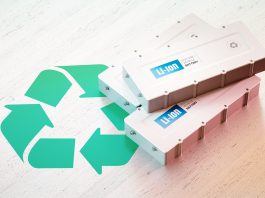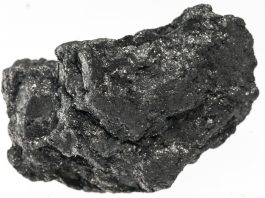Dr Corina Hebestreit, Secretary General of the European Carbon and Graphite Association, discusses the role of carbon and graphite in the renewable energy industry.
The switch to renewables for energy generation is high on the agenda and is set to accelerate, not only due to climate change but now also for geopolitical and cost reasons. Energy prices are at a record high and remain volatile. Just before the invasion of Ukraine, wholesale gas prices were already around 200% higher than the year before (February 2021) and wholesale electricity prices followed a similar pattern. High energy prices were originally fuelled by the strong global demand for gas in the post-COVID-19 economic recovery, and now Russia’s invasion of Ukraine is further perpetuating the energy crisis.
According to the International Energy Agency (IEA), the share of renewables worldwide in 2019 was 23.2%. The electricity sector remains the main driver for renewables with a predicted strong growth of solar photovoltaics and wind in the coming years, building on the already significant contribution of hydropower.
Energy policies around the globe are still unpredictable and current measures remain fragmented and vary significantly between different regions. However, European policies and, in particular, those of individual Member States, will clearly drive the increase of the use of renewables in the coming years.
Overall, in 2020, renewable energy represented 22.1% of the energy consumed in the EU, around 2% above the 2020 target of 20%. Amongst the EU Member States, the share of energy from renewable sources in heating and cooling was more than half in Sweden (66.4 %), Estonia (57.9 %), Finland (57.6 %), and Latvia (57.1 %).
The current EU Renewable Energy Directive, Directive 2018/2001/EU, aims to increase the share of renewable energy in Europe’s final energy consumption to at least 32% by 2030. It provides a common set of rules to facilitate the increase of renewable energy in electricity, heating and cooling, and transport. The Commission’s proposal for a revision of this directive was published in July 2021 and, in addition to increasing the renewable share in electricity generation, it is promoting the following:
- For the production and use of renewable energy in the building sector, a new benchmark of 49% renewables use by 2030 has been set for Member States;
- Member States must reach the target of a 50% share of renewables in hydrogen consumption in industry by 2030; and
- Member States must increase the use of renewable energy in heating and cooling by 1.1% per year, until 2030.
However, to achieve such goals, sufficient batteries after their service life in electric vehicles (EVs) need to be available to be assembled into battery banks or new batteries need to be built. The timelines for the policies for EVs and home batteries are not well synchronised, meaning that additional battery materials will be required.
National policies are tackling the long-term renewable supply
Most EU Member States have issued new policy targets for nuclear and renewable-based energy plans for the future. Detailed below are some of their targets:
The Czech Republic
The Government of the Czech Republic aims to increase the share of renewable energy sources to about 22% of the total primary energy supply by 2040, with biofuels accounting for a significant share (80%), followed by solar (8.7%), geothermal (6.1%), and hydropower (3%).
France
France has issued new targets for solar energy to be reached: 20.1 GW for 2023 and 35.1 – 44 GW by 2028. For onshore wind energy, the increase foreseen will rise from 24.1 GW in 2023 to 33.2 – 37.4 GW by 2028. For offshore wind energy (including floating offshore wind), the targeted increase is from 2.4 GW in 2023 to 5.2 – 6.2 GW by 2028.
Germany
In its so-called ‘Easter Package’, Germany has presented its new target share of 80% of renewables in its national electricity consumption by 2030. New surfaces will be made available for the placement of photovoltaics and the participation of local communities in wind and solar parks will be increased. The current regulated distances between local communities and wind parks will be reduced to allow for more parks.
Italy
The Italian Government has planned to phase out coal power production by 2025 and has set a 2030 renewable energy target of 27%.
Poland
The Polish proportion of energy from renewable sources in the final energy consumption totaled up to 15.5% in 2020 (19.3% for electricity, 17% for heating and cooling, and 10.2% for transportation fuels). Poland plans to increase its renewable power capacity by 65% between 2020 and 2024, with most advances gained through the development of offshore wind farms.
Spain
The Government of Spain just approved a plan proposing that renewables should make up 42% of the final energy consumption in 2030.
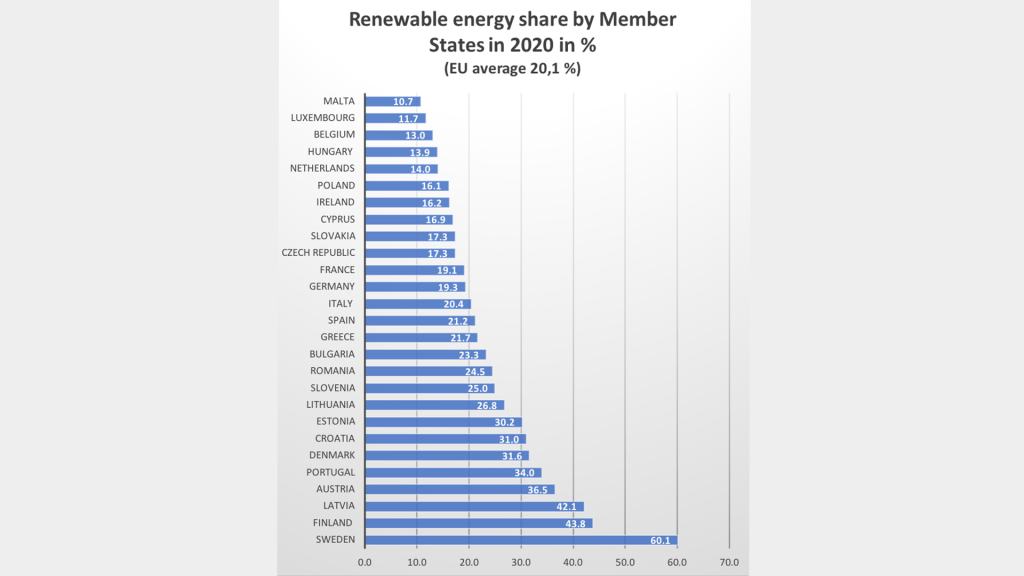
Graphite usage in renewable energy technologies
Solar energy
High-purity graphite, carbon fibre reinforced materials, and felts are used for the production process of multi and monocrystalline silicon for solar panels. Graphite is used in renewable energy technologies, such as solar panels, because it is resistant to extreme heat, perfect for the crucibles and moulds used to cast the silicon in solar panels, and works as a heat shield and thermal insulator. Without high-purity graphite, there would be no manufacturing equipment for multi and monocrystalline silicon and, hence, no solar panels.
Today, most solar panels are being produced in China, resulting in Europe’s dependency on the country in this market segment. If solar panels are to be produced to a much larger degree in Europe, as some policymakers have already announced, then not only the silicon but also the isostatic graphite should be produced in much larger quantities in Europe.
New applications such as EVs having solar panel roofs will, for example, require more solar panels, and hence, more graphite tooling. However, the largest consumer of lithium-ion batteries will be within the battery market for home solutions – for example, solar panel roofs powered by battery packs that require even more graphite. If battery-powered homes are the future, the projected increase in demand for graphite will continue to grow even more.
In order to have sufficient graphite available for usage in renewable energy technologies, permitting for European mines needs to be streamlined and accelerated, and financial support for the energy-intensive synthetic graphite production needs to be made available.
Wind energy
In many wind turbines, carbon fibre-based composites are used due to their high strength and stiffness combined with their low density. New innovative speciality products of carbon and graphite felts are used in wind energy technologies, and are facilitating a generation of new rotor blades that set new standards for performance efficiency, service life, rotor dynamics, and energy efficiency.
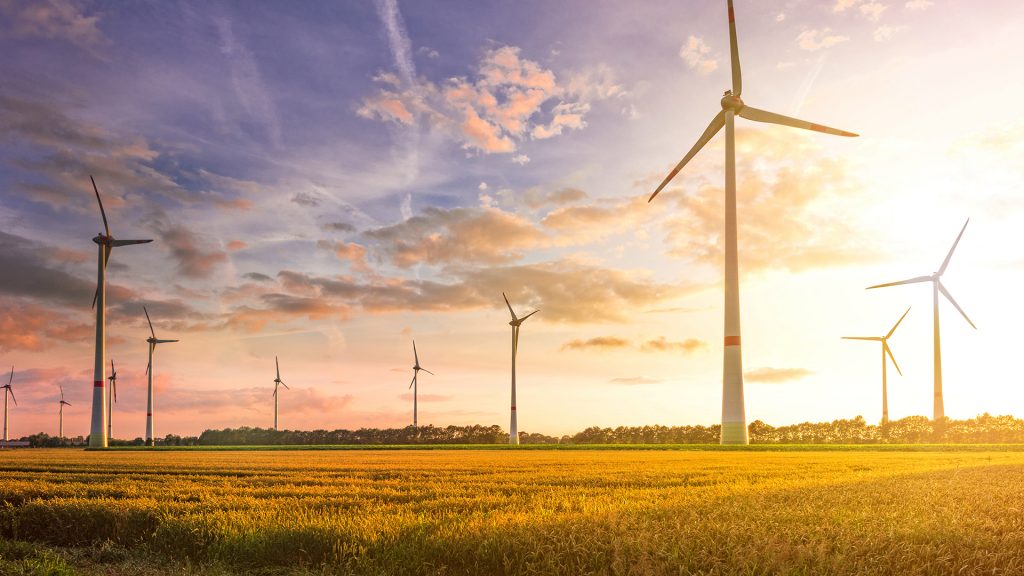
Energy storage
Since one of the key features of renewables is that they are not necessarily continuously available, energy storage becomes an important feature, for example, in domestic batteries and batteries of EVs. With an increasing number of houses with solar panel installations and with more than 30 million EVs expected in the European Union by 2030, smart storage and charging functionalities need to be ensured.
Synthetic graphite as anode material in lithium-ion batteries, battery felts in stationary energy storage systems, special graphite solutions in lead-acid batteries, as well as the gas diffusion layer in fuel cells, contribute to the efficiency and performance of energy storage systems.
In most cases, both natural and synthetic graphite are used together to achieve optimum performance. Graphite will continue to account for more than 90% of all battery anode material by 2032.
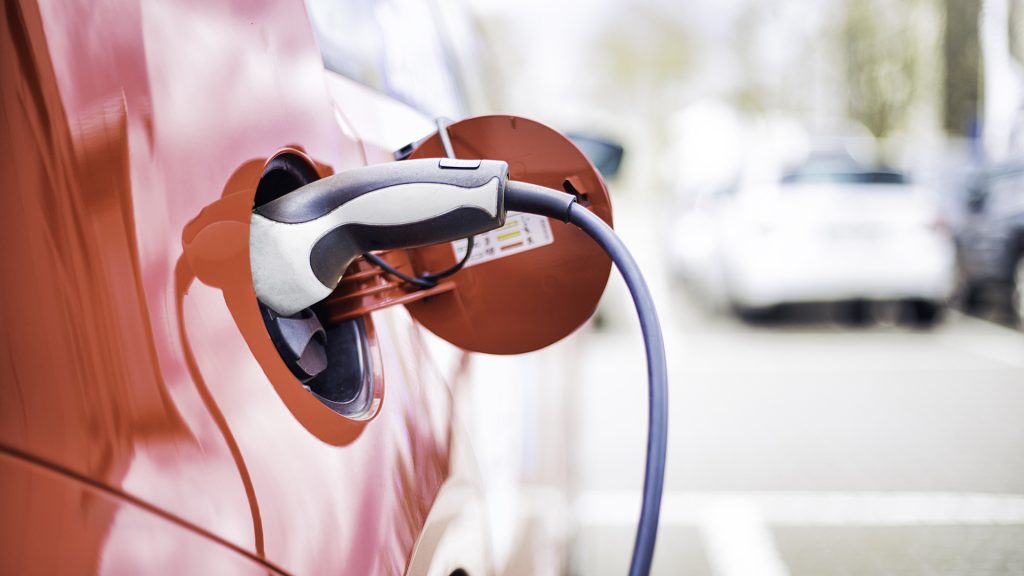
Looking to the future
Increasing Europe’s share of renewables in its total energy consumption will require more minerals whether extracted from nature or produced synthetically, and it will require a more strategic approach of policymakers at both EU and national levels. Carbon and graphite are available in Europe to support the new energy models, but need attention and support if Europe’s future energy supply is supposed to be more resilient.
About European Carbon and Graphite Association
ECGA is the representative association of EU carbon and graphite producers, including the EU-based graphite electrode producers going into Europe’s steel and foundry industry, electrodes and cathodes for the aluminium and ferroalloy industry, as well as a wide variety of speciality graphite and carbon products for applications ranging from electric motors to modern battery technology. ECGA represents 100% of EU-based production of graphite electrodes (steel industry), of cathodes (aluminium industry and foundries), of Soederberg anodes and pastes, and of graphite currently mined in the EU.
Dr Corina Hebestreit
Secretary General
European Carbon and Graphite Association
www.ecga.net
Please note, this article will also appear in the tenth edition of our quarterly publication.

